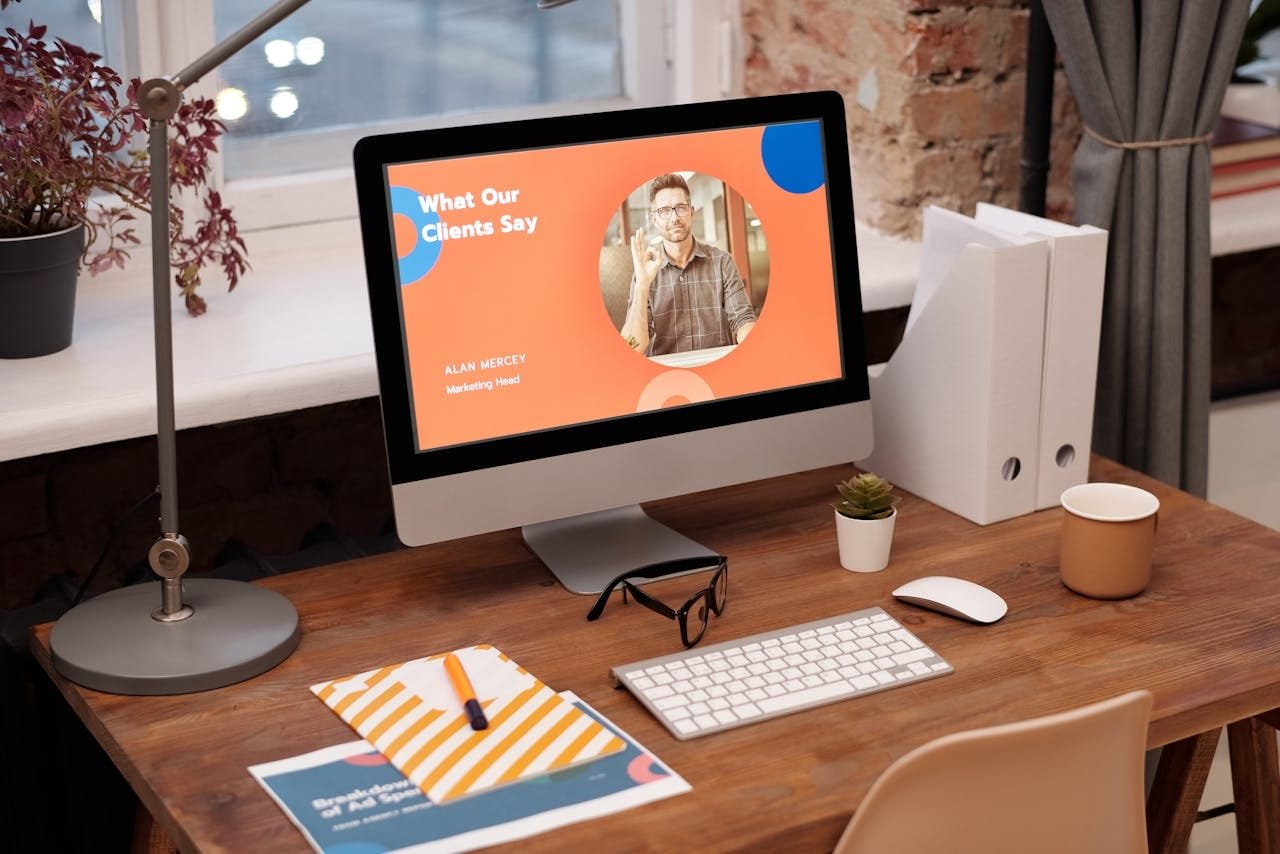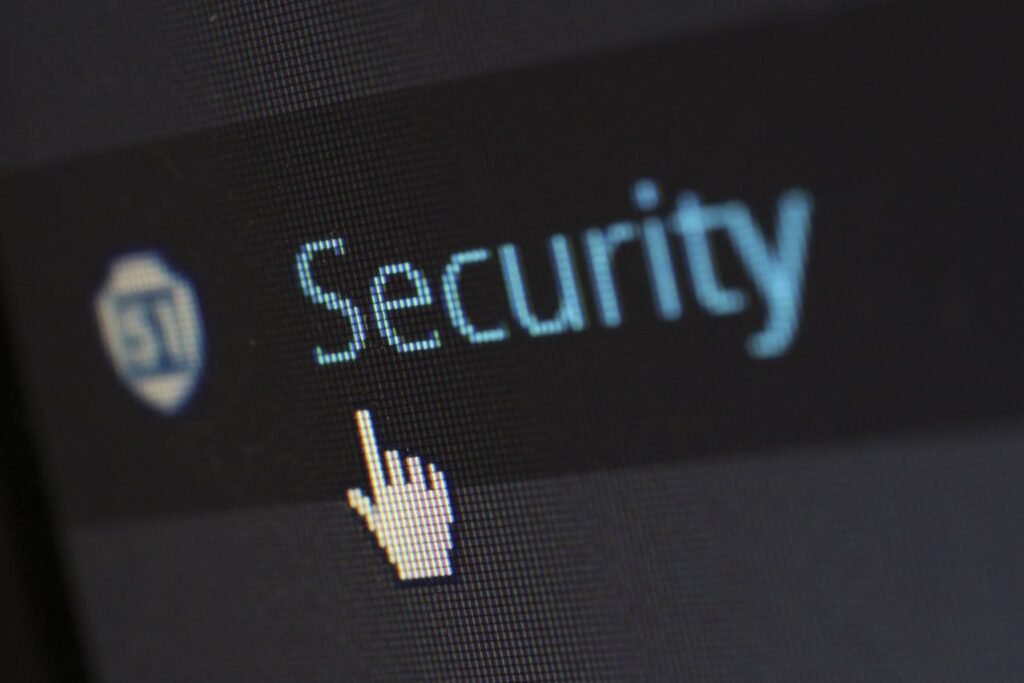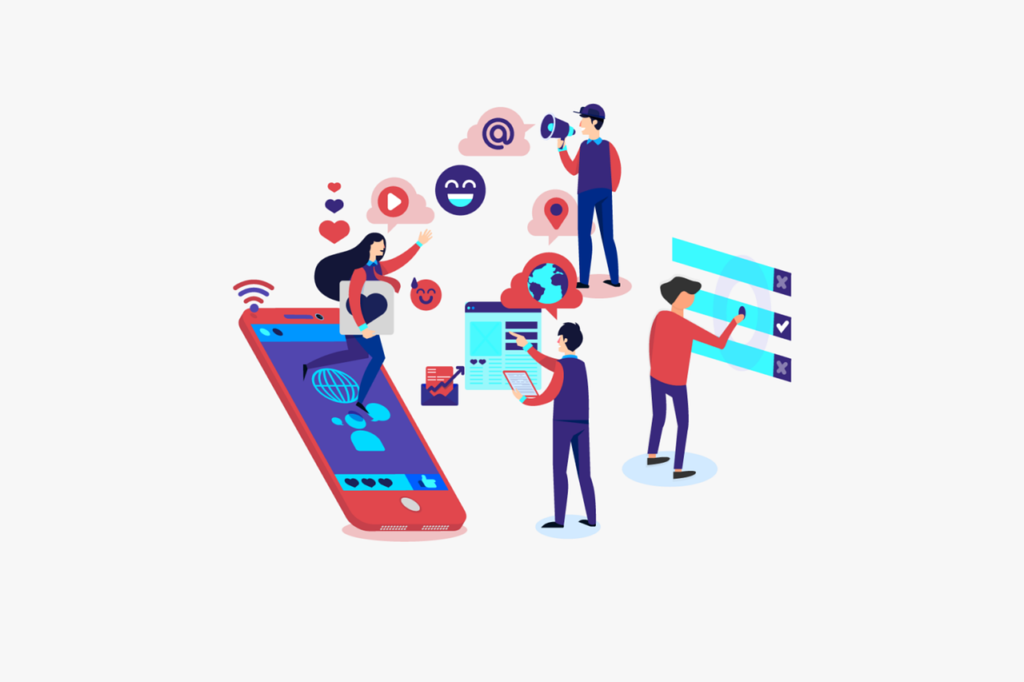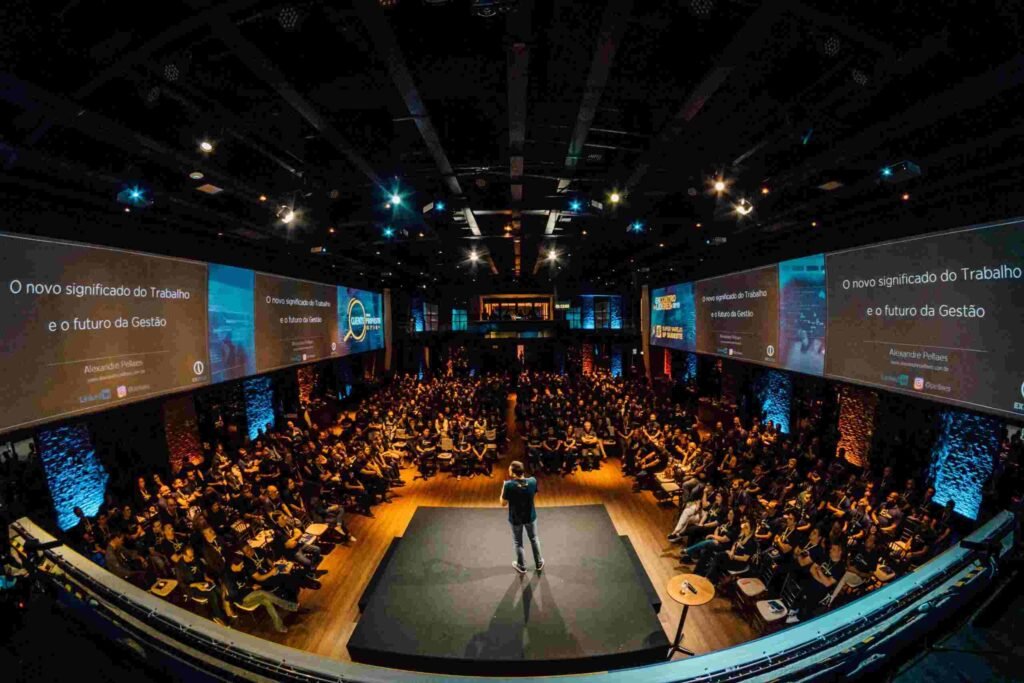Capturing a lead’s attention is one thing; keeping them engaged is another. In today’s fast-paced digital world, your response to a lead’s actions must be swift, personalized, and relevant. That’s where behavioral triggers in automation come into play. By tracking what your leads do—whether it’s clicking a link, visiting a page, or downloading a resource—you can respond instantly with tailored messages or actions that keep them moving through your sales funnel.
Behavioral triggers allow you to engage leads at the perfect moment, leveraging their real-time actions to deliver value and build trust. This guide will walk you through how to set up, optimize, and scale your automation using behavioral triggers, ensuring your leads feel heard and valued every step of the way.
Let’s dive into the steps to create instant lead engagement with behavioral triggers.
Step 1: Understanding Behavioral Triggers
What Are Behavioral Triggers?
Behavioral triggers are automated responses activated by specific actions a lead takes. These actions could be anything—opening an email, clicking on a call-to-action, spending time on a product page, or abandoning a cart. The trigger ensures your system reacts to these behaviors in real-time, delivering personalized interactions.
For instance, imagine a lead visits your pricing page multiple times but doesn’t make a purchase. A well-designed behavioral trigger could automatically send them an email offering a discount or a free consultation. This timely intervention can tip the scales in your favor.
Behavioral triggers make your marketing feel less like a generic broadcast and more like a tailored conversation.
Why Behavioral Triggers Are Crucial
Traditional one-size-fits-all campaigns often miss the mark because they don’t consider what your leads are actively interested in. Behavioral triggers address this gap by responding to specific actions, ensuring your communication is relevant and timely.
For example, a lead downloading an e-book on “Top Marketing Trends” might receive a follow-up email recommending a webinar on the same topic. This builds a natural progression, showing the lead you understand their needs and are ready to help them.
By connecting your actions to the lead’s interests, you create engagement that feels genuine and valuable.
The Data Behind the Action
Behavioral triggers rely on data. This includes tracking website visits, email clicks, time spent on pages, social media interactions, and more. The better your data collection, the more precise your triggers can be.
Integrating your CRM, email marketing platform, and analytics tools ensures a seamless flow of data. For instance, combining HubSpot with Google Analytics allows you to track how email campaigns influence site behavior and set triggers based on those insights.
With solid data as your foundation, your behavioral triggers will always hit the mark.
Step 2: Setting Up Behavioral Triggers

Define Key Actions
The first step in setting up behavioral triggers is identifying the key actions that signal interest or intent. These actions vary depending on your business model and goals. For example, an e-commerce site might focus on cart abandonment, while a SaaS company might prioritize demo requests.
Start by mapping your customer journey. Identify touchpoints where leads interact with your brand and the actions that indicate they’re ready for the next step. For instance, a lead who signs up for your newsletter might be ready for an introductory offer, while one who watches a product tutorial might benefit from a case study.
Defining these actions ensures your triggers align with lead intent, creating smoother transitions through the funnel.
Create Segmented Workflows
Once you’ve identified key actions, design workflows that respond to these behaviors. Segmentation is crucial here—different actions require different responses. For instance, a lead downloading an educational guide needs nurturing, while one clicking on your pricing page might need a sales pitch.
For example, a workflow triggered by a webinar registration might send a thank-you email immediately, followed by a reminder a day before the event and a follow-up afterward. Each step builds on the lead’s previous action, creating a cohesive experience.
Segmented workflows ensure your triggers feel relevant and purposeful, increasing engagement rates.
Use Automation Tools
To implement behavioral triggers, you’ll need automation tools capable of tracking actions and executing responses. Platforms like ActiveCampaign, Marketo, and HubSpot offer powerful automation capabilities, allowing you to set triggers, customize workflows, and measure performance.
For instance, you can set up an automation rule in ActiveCampaign to send a follow-up email to leads who visit your pricing page but don’t convert. The email could include testimonials or a limited-time offer to nudge them toward a decision.
Choosing the right tool simplifies the process and ensures your triggers work flawlessly.
Step 3: Crafting the Perfect Response

Make It Personal
Behavioral triggers work best when the response feels personal. Address leads by name, reference their specific action, and use language that resonates with their needs. For example, instead of a generic “Thanks for visiting our site,” try, “Hi [Name], we noticed you’re exploring our product features. Here’s a quick guide to help you decide.”
Personalization creates a sense of connection, showing the lead you value their time and understand their interests.
The more tailored your response, the more likely the lead is to engage further.
Add Value to Every Interaction
Every response triggered by a lead’s behavior should add value. This could mean providing helpful resources, offering solutions, or simply answering a question. For instance, if a lead abandons their cart, your response could include an incentive like free shipping or a discount code.
Similarly, if a lead watches a video on your platform, follow up with related content, such as a blog post or case study that deepens their understanding. By adding value at every touchpoint, you build trust and keep the lead engaged.
Value-driven interactions demonstrate that your focus is on helping, not just selling.
Create a Sense of Urgency
Adding urgency to your responses can accelerate decision-making. For example, if a lead shows interest in a limited-time promotion, follow up quickly with a reminder about the deadline. Similarly, for demo requests, emphasize availability: “Our calendar fills up fast—book your spot today!”
Urgency motivates leads to act while their interest is high, reducing the chances of drop-offs or delays.
Strategic urgency turns engagement into action, driving faster results.
Step 4: Testing and Optimizing Triggers

A/B Test Responses
Behavioral triggers are only as good as the responses they generate. A/B testing helps you refine your messaging, timing, and approach to maximize engagement. For instance, test two versions of an abandoned cart email—one with a discount and another with free shipping—to see which performs better.
Similarly, experiment with the timing of your follow-ups. A lead visiting your pricing page might respond better to an email sent an hour later rather than the next day.
Continuous testing ensures your triggers evolve to meet your audience’s preferences.
Analyze Performance Metrics
Track the performance of your behavioral triggers using metrics like open rates, click-through rates, and conversion rates. For example, if a trigger sending an educational email after a webinar has a low click-through rate, revisit the content to ensure it aligns with the lead’s interests.
Tools like Google Analytics, coupled with your automation platform’s reporting features, provide insights into what’s working and what isn’t. Use these insights to adjust your workflows and messaging.
Data-driven decisions ensure your triggers remain effective and impactful.
Iterate Based on Feedback
Behavioral triggers aren’t set-it-and-forget-it solutions. Regularly review your workflows and seek feedback from your team and leads to identify areas for improvement. For instance, if leads consistently ignore follow-ups triggered by blog downloads, consider refining the messaging or offering different content.
Iteration ensures your triggers stay relevant and continue driving engagement as your audience’s needs evolve.

Related: Check out our free tools:

Step 5: Scaling Behavioral Trigger Automation
Expand Across Channels
As your automation strategy matures, expand your behavioral triggers across multiple channels, including email, SMS, chatbots, and social media. For example, a lead engaging with your Instagram ad could receive a follow-up email reinforcing the message and providing additional resources.
Multi-channel triggers create a cohesive experience, ensuring leads stay engaged no matter where they interact with your brand.
Personalize at Scale
As your audience grows, maintaining personalization becomes challenging. Use AI-powered tools to scale personalization without losing the human touch. For instance, AI can analyze a lead’s behavior across platforms and suggest the most relevant next step.
Scaling personalization ensures every lead feels valued, even as your volume increases.
Keep Monitoring and Improving
Behavioral triggers are dynamic, and so is your audience. Regularly update your workflows, refine your responses, and introduce new triggers to adapt to changing behaviors. For instance, if a new trend emerges in your industry, create triggers that capitalize on it.
Continuous improvement keeps your automation strategy fresh and effective.
Step 6: Real-World Applications of Behavioral Triggers
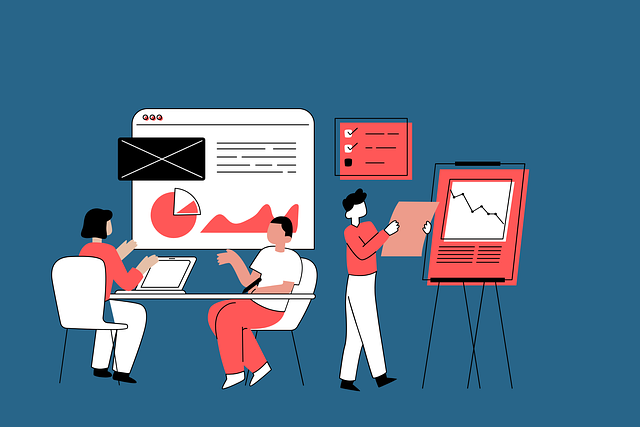
E-Commerce: Driving Conversions Through Cart Abandonment Triggers
One of the most effective uses of behavioral triggers in e-commerce is addressing cart abandonment. When a customer adds items to their cart but doesn’t complete the purchase, automation can step in to re-engage them with timely reminders or incentives.
For example, if a shopper abandons their cart, you can set up a trigger to send an email an hour later, reminding them of the items left behind. The email could include a direct link to their cart, making it easy for them to return. If they still don’t complete the purchase, a follow-up email two days later could offer a limited-time discount or free shipping.
This strategy not only recovers lost sales but also shows customers you care about their experience, building loyalty over time.
B2B: Accelerating Sales Cycles with Content Engagement Triggers
In B2B sales, content engagement triggers are powerful for identifying leads who are ready for deeper conversations. For instance, if a lead downloads a whitepaper or attends a webinar, it’s a clear signal they’re interested in your solution. Behavioral triggers can help you follow up effectively.
Suppose a lead attends your webinar. An automation system can immediately send a thank-you email with additional resources related to the topic. A day later, a follow-up email might invite them to schedule a one-on-one consultation. The sequence is designed to build on their interest and move them closer to a decision.
By aligning your follow-ups with the lead’s behavior, you shorten the sales cycle while delivering relevant value at each step.
SaaS: Increasing User Engagement Through Onboarding Triggers
For SaaS businesses, onboarding is a critical stage in nurturing leads into active users. Behavioral triggers play a key role in guiding users through the platform and ensuring they experience its full value.
For example, if a user signs up for a free trial but doesn’t complete key actions like setting up their profile or exploring core features, triggers can send gentle nudges. An email might highlight the benefits of completing their setup, while an in-app notification offers a guided tutorial.
As users engage more with the platform, additional triggers can suggest advanced features or upgrades, ensuring a seamless transition from trial to paid subscription.
Behavioral triggers in onboarding create a supportive experience, increasing user retention and lifetime value.
Step 7: Common Mistakes to Avoid

Over-Automating the Process
While automation is powerful, overusing behavioral triggers can overwhelm your leads. Bombarding them with emails or notifications after every action risks coming across as intrusive and annoying, which can lead to disengagement.
To avoid this, set clear limits on how often triggers are activated for each lead. For instance, instead of sending multiple emails in quick succession, consolidate information into a single, value-packed follow-up. Use delay settings in your automation tool to space out interactions, ensuring they feel natural and not forced.
Thoughtful pacing ensures your triggers enhance, rather than disrupt, the lead experience.
Neglecting the Human Touch
Automation shouldn’t replace genuine human interaction where it’s needed. Behavioral triggers are excellent for initiating conversations, but certain scenarios, like addressing complex concerns or closing deals, still require a personal touch.
For instance, if a lead shows strong buying intent, such as requesting pricing information or booking a demo, your sales team should step in to provide a personalized experience. Use triggers to notify your team in real time, equipping them with context about the lead’s behavior.
Balancing automation with human interaction keeps your engagement authentic and relationship-focused.
Ignoring Data and Insights
Automation systems generate a wealth of data, but failing to analyze it means missing opportunities for improvement. For example, if certain triggers consistently underperform, such as low click-through rates on follow-up emails, it’s a sign that your messaging or timing needs adjustment.
Regularly review performance metrics like open rates, engagement levels, and conversion rates. Use these insights to refine your workflows, test new approaches, and ensure your triggers remain effective over time.
By learning from your data, you turn behavioral triggers into an evolving strategy that adapts to your audience’s needs.
Step 8: Future Trends in Behavioral Trigger Automation
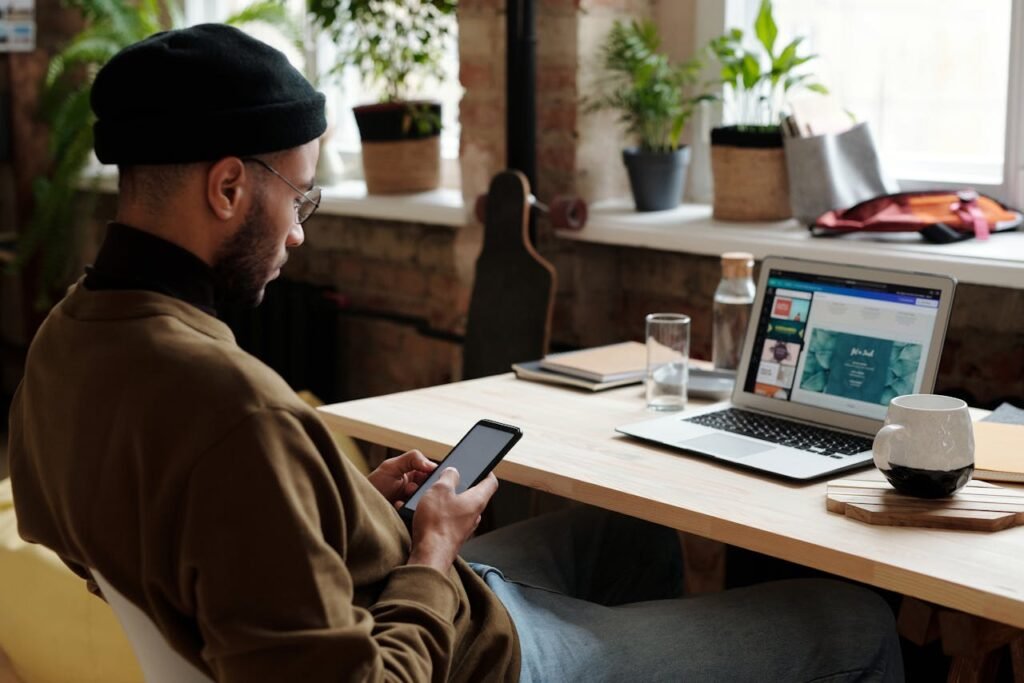
AI-Powered Predictive Triggers
The future of behavioral triggers lies in predictive automation. AI-driven systems can analyze past behaviors to anticipate future actions, allowing you to engage leads before they even take a step. For example, AI might predict that a lead who engages heavily with your blog is likely to download a resource next, triggering proactive outreach.
This level of foresight ensures your communications are always one step ahead, creating a seamless and engaging experience.
Voice and Conversational Triggers
As voice search and conversational AI tools like chatbots grow in popularity, behavioral triggers are expanding beyond traditional email or SMS. For instance, a customer interacting with your chatbot might trigger a personalized email or follow-up from a sales rep.
These emerging channels add a new layer of interactivity, making your lead engagement more dynamic and responsive.
Enhanced Personalization with Machine Learning
Machine learning is enabling deeper personalization in behavioral triggers. By analyzing patterns in large datasets, these systems can recommend the most relevant content, offers, or actions for each lead.
For example, a SaaS platform could use machine learning to determine which features a trial user is likely to adopt next, triggering tailored tutorials or feature highlights. This precision enhances engagement and ensures every interaction feels uniquely crafted.
Conclusion: Behavioral Triggers for Lasting Engagement
Behavioral triggers are the key to creating instant, meaningful engagement with your leads. By responding to their actions in real-time, you show them that you’re attentive, helpful, and ready to meet their needs. This not only keeps them engaged but also builds trust and accelerates their journey through your funnel.
The process involves understanding key actions, setting up smart workflows, crafting personalized responses, and continuously testing and improving. As you scale your efforts, remember to keep the focus on delivering value at every step.
Start integrating behavioral triggers into your automation strategy today, and watch as your engagement rates soar, your leads stay interested, and your conversions grow. In the world of lead nurturing, timing is everything—and with behavioral triggers, you’ll always be right on time.
READ NEXT:
- Are Vanity Metrics Killing Your Marketing Efficiency? Here’s What to Track Instead
- Pinpointing Digital Marketing ROI: Why Your Metrics Aren’t Telling the Full Story
- Unlocking Real ROI in Digital Marketing: The Hidden Costs Draining Your Budget
- How Misaligned Marketing Funnels Are Blocking Your ROI Potential
- Best Digital Marketing Agency In Santa Ana, California
- Best Digital Marketing Agency In San Francisco, California

